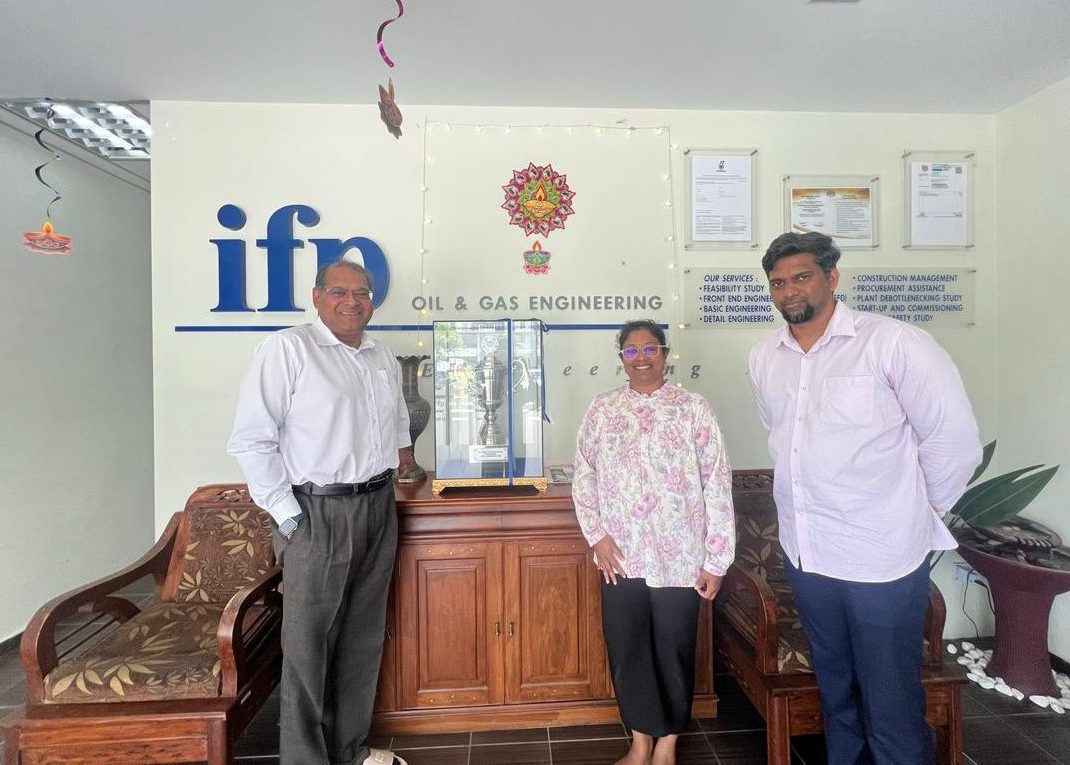
IFP Engineering Group is a Malaysia-based engineering service provider with about 25 years of experience, delivering a wide range of projects across onshore and offshore oil & gas, FPSO, chemical, and carbon capture & storage (CCS) sectors.
We spoke with Mr. Ragunath, Founder and Managing Director, Ms. Punitha, Piping Team Lead, and Mr. Srivatson, Project Engineer, to learn about their company’s digital transformation initiatives and how PlantStream has contributed to improving project efficiency and competitiveness.
Case Study from an Engineering Service Provider

● Manual 3D modeling and piping layout optimization required significant man-hours and effort.
● Preparing MTOs manually and optimizing layouts element by element caused delays in project execution.
● Resource shortages made it difficult to manage multiple disciplines efficiently.
● PlantStream’s features fit IFP’s digital transformation goals, which aim for AI-driven automation and intelligent data integration.
● Easy-to-learn, user-friendly interface — even drafters (no prior 3D CAD experience) could operate the software effectively after training.
● Proven cost-effectiveness and man-hour reduction compared with traditional 3D tools.
● FEED and pre-FEED project timelines shortened drastically — MTOs now generated within days instead of weeks.
● Streamlined multidisciplinary collaboration; fewer designers can now manage entire projects efficiently.
● Clients were highly impressed by the automated modeling speed and visual accuracy.
● Enhanced project delivery capabilities, improving competitiveness in FEED projects.

Ragunath: IFP Engineering is an engineering service provider based in Kuala Lumpur, Malaysia. We have been in operation for about 25 years now.
Our main business is front-end engineering design (FEED), basic and detailed engineering, construction management, and regulatory approvals for projects.
We cover onshore and offshore oil & gas, FPSOs, chemical plants, and recently carbon capture and storage projects.
Most of our clients are major energy and industrial companies across various sectors.
As for myself, I’m a chemical engineer by profession. I studied in Japan and worked at a leading engineering firm before returning to Malaysia to start this business in 2001.
Punitha: I am Punitha, a Chemical Engineering graduate with 17 years of experience specializing in pipe stress analysis and piping engineering. I currently lead a multidisciplinary team of comprising senior engineers, engineers, designers, drafters, graduate trainees, and interns.
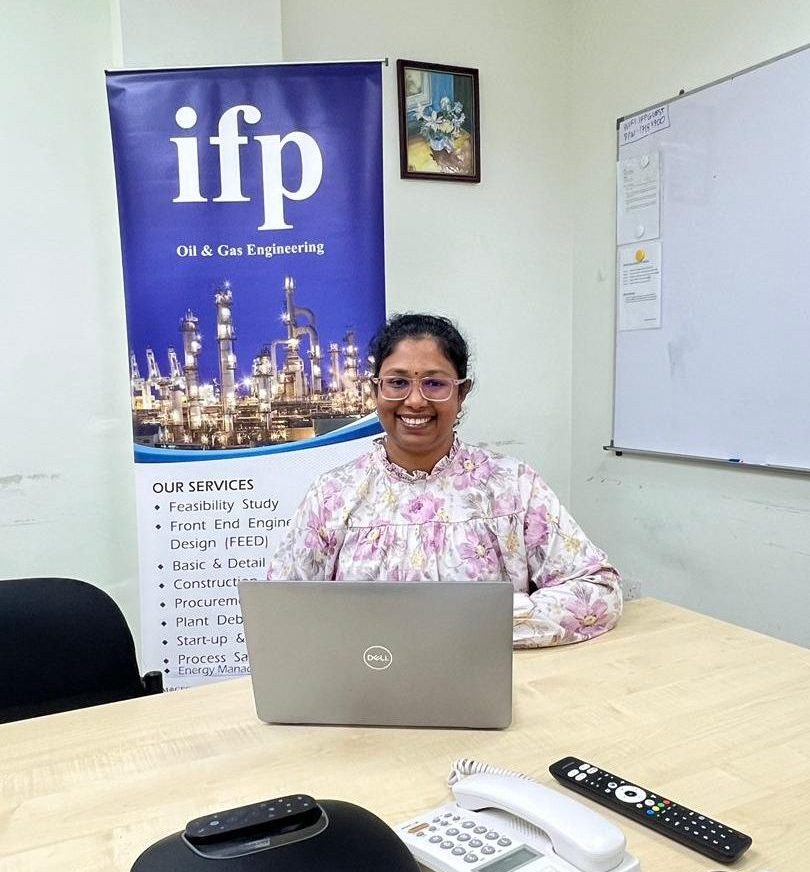

Srivatson: I possess over a decade of professional experience in the design of oil and gas and chemical processing facilities. My background is predominantly rooted in greenfield projects, although I am currently engaged in a brownfield development. I hold a Postgraduate Diploma in Piping Engineering.
Punitha: As the piping team lead, I can say our main challenge was the manual work involved in 3D modeling and layout development.
Before PlantStream, we had to manually create each piping element and component, which consumed a lot of man-hours. Preparing the MTO was also done manually, and the layout optimization took a significant amount of time because we had to study each route one by one.
All this slowed down our design process considerably.
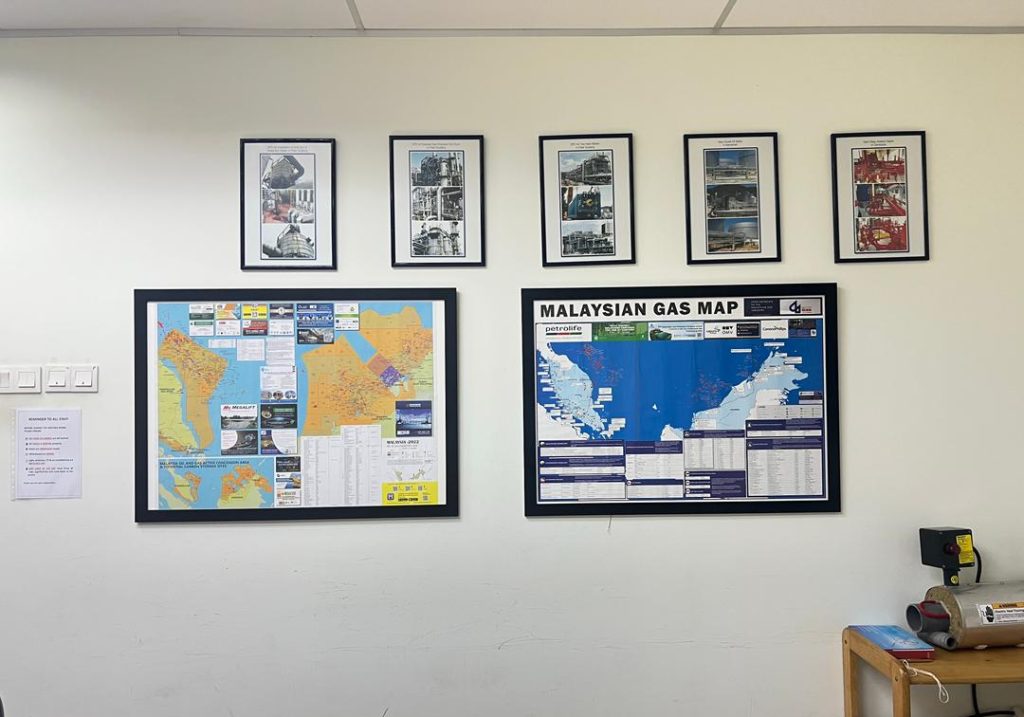
Punitha: Yes, one of our company’s key policies is to stay aligned with emerging digital technologies.
We aim to embrace AI-driven tools to streamline our workflows, reduce manual intervention, and enhance design accuracy through intelligent automation and data integration.
We are promoting continuous innovation in plant modeling, layout optimization, and sustainable, scalable engineering practices across multiple disciplines.
PlantStream implementation is also part of this initiative, aiming to enhance design quality through smart engineering.
Ragunath: We heard about PlantStream’s capabilities from a trusted industry contact and our industry network, which allowed us to connect with the PlantStream team. After learning about its features, we began testing it internally to see how it could support our projects and how the software could improve our workflow. That’s how our relationship with PlantStream started.
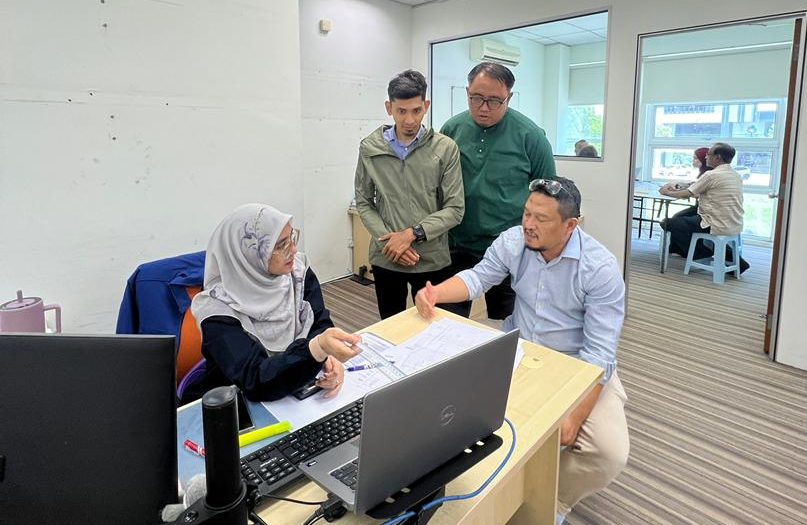
Punitha: At first, we assumed that a tool with an automated routing feature would be complicated to learn. However, once we received the training, we realized how intuitive and easy to use it actually is. Even our drafters (no prior 3D CAD experience) were able to learn and start using it confidently within just a few days.
The interface is simple and easy to use, with a logically designed structure and a set of standard equipment templates available. Thanks to the automatic routing function, there is no longer a need to manually determine each individual piping route. That accessibility really helped our team adopt the software quickly and start seeing results almost immediately.
It also made MTO extraction extremely fast, which was a huge benefit for us.
Ragunath: Yes, our benchmark was a conventional 3D plant design platform that we had been using for years.
As management, we are always looking for cost-effective solutions that help reduce man-hours and keep projects on schedule.
When we evaluated PlantStream, we found it met those goals — especially for FEED jobs, where it delivered cost efficiency and faster results.
PlantStream has proven to be highly efficient in man-hours, and we now actively use it not only for our in-house projects but also in proposals to clients.
That’s why we decided to continue using it and also promote it to our clients.
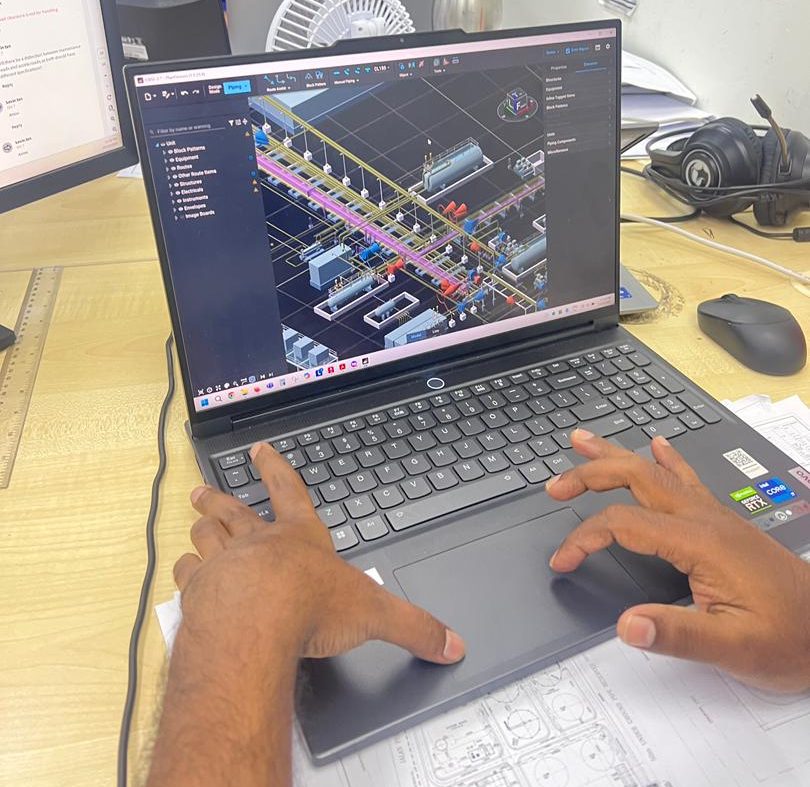
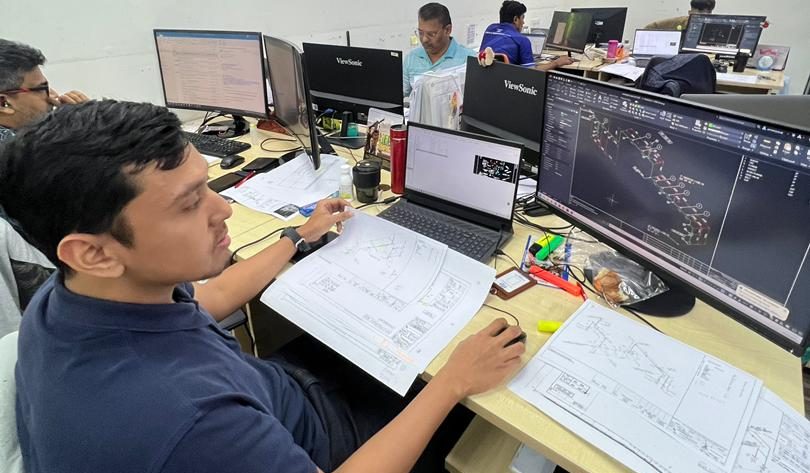
Ragunath: We started using PlantStream mainly for piping design, which traditionally consumed the most man-hours.
However, PlantStream supports civil, mechanical, electrical, and instrumentation disciplines as well, so we could handle multidisciplinary design with just one or two designers. This was a major improvement.
These days, it has become increasingly difficult to secure experienced designers, but thanks to PlantStream, we can handle projects efficiently even with a small team.
With PlantStream, designers can manage the entire model efficiently, while inter-discipline interferences can be detected seamlessly thanks to its built-in libraries and clash detection features. It made our design process faster, more efficient, and more collaborative.
Punitha: One of the most impressive aspects of PlantStream is how quickly we can generate MTOs.
In FEED and pre-FEED projects, the schedule is often limited to just two or three months, which makes manual modeling very challenging. With PlantStream, we can produce accurate MTOs in a matter of weeks, which significantly shortens our turnaround time.
The automatic routing and visualization capabilities are also very helpful.
They allow us to instantly study different layout options and communicate design ideas more effectively across disciplines and with clients.
Srivatson: The support from the PlantStream team has been excellent.
Our designers received thorough training, which allowed them to become confident users very quickly.
The onboarding process was smooth, and we were able to apply the tool effectively right away.
Srivatson: We have successfully used PlantStream in multiple chemical and energy-related projects, all of which were completed on time — and in some cases, even ahead of schedule.
Our clients were able to observe the automated modeling process firsthand and were very impressed with the accuracy and speed of the software.
Punitha: We also applied PlantStream in a floating facility project, and when we presented it during the FEED stage, the clients were very impressed with the efficiency and visualization of the layout.
The visual clarity of the layout was also highly appreciated.
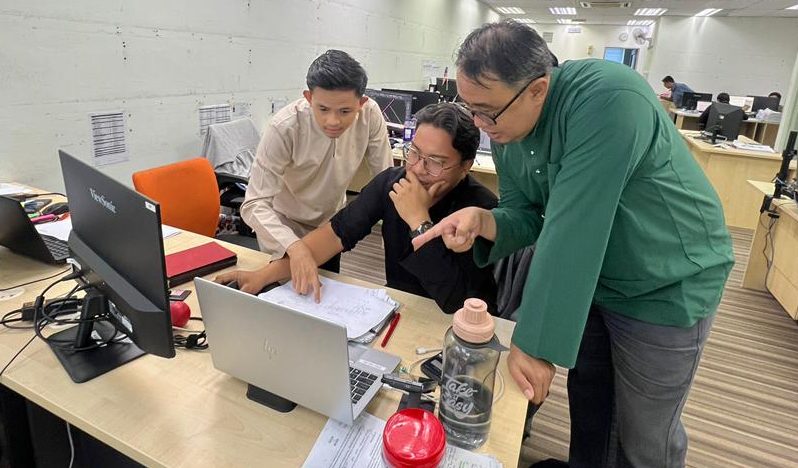
Ragunath: We are currently promoting the use of PlantStream for feasibility studies and front-end engineering works.
In the future, we hope to see even smoother data export to other 3D tools used during the detailed engineering phase.
If PlantStream can integrate seamlessly with those platforms, it will allow us to continue projects from FEED to EPC without much re-engineering.
That would be a game-changer for our workflow and for the industry.
Punitha: There’s no need to hesitate when adopting new software. PlantStream can be applied not only for FEED-level modeling but also extended into detailed design through its export option.
We have even successfully converted models into other 3D tools without any issues, proving its flexibility and compatibility.
Ragunath: PlantStream is a powerful tool that enables early and accurate cost estimation.
Its automated MTO generation and layout capabilities allow management to make faster and more confident FID ( Final Investment Decision) decisions during the project lifecycle.
Connect with an expert to start your PlantStream journey.
Realize more efficient 3D plant design through seamless workflows.

Subscribe to
Our Newsletter
PlantStream
Tel:+81-3-6222-8808
Address : 3rd Floor, KDX Hamamatsucho Building,
2-7-19, Hamamatsucho, Minato-ku, Tokyo,
105-0013, Japan